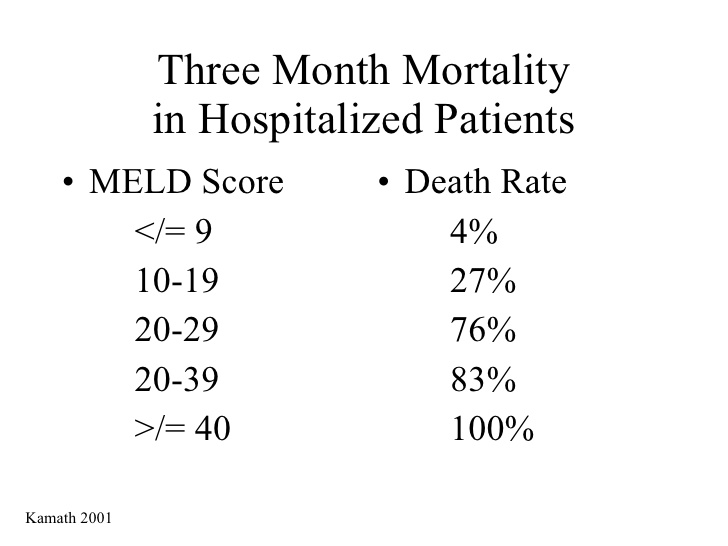

The predominant cause of chronic liver disease was hepatitis C in the north, alcohol in the northeast, hepatitis B in the east and the south, and non-alcoholic fatty liver disease (NAFLD) in the west and differed significantly in various regions. Alcoholism (34.3% of 4,413) was the most common cause of cirrhosis, while hepatitis B (33.3%) was the predominant cause of chronic liver disease in general as well as of non-cirrhotic chronic liver disease (40.8% out of 8,163). A final analysis of 13,014 cases of chronic liver disease (19.77%) showed that 33.9% presented with decompensated cirrhosis. A recent prospective, multicentre study involving 20,701,383 patients from different parts of India showed that 1.28% ( n = 266,621) of these patients had chronic liver disease, while 65,807 (24.68%) were diagnosed for the first time. The CTP score was superior to the MELD and MELD-Na scores in predicting 3-month mortality.Įarlier data on the aetiological spectrum of end-stage liver disease from Northern India revealed HBV and HCV infections as the predominant causes of chronic liver disease. Conclusions: The CTP, MELD and MELD-Na scores were very good predictors of mortality at 3 months among patients with end-stage liver disease. The C-statistics of these scores differed significantly for 3-month mortality, and the CTP score was better than the MELD ( p < 0.0001) and MELD-Na ( p < 0.0001) scores in predicting 3-month mortality.

The C-statistic for 3-month mortality for the CTP score was 0.93 ( p < 0.0001), that for the MELD score was 0.86 ( p < 0.0001) and that for the MELD-Na score was 0.83 ( p < 0.0001). Results: The CTP score, MELD score and MELD-Na score on day 1 were significantly higher among non-survivors than among survivors ( p < 0.0001 each). The aetiology of end-stage liver disease and the clinical presentation were determined. Methods: CTP, MELD and MELD-Na scores were determined in 171 patients with end-stage liver disease at a tertiary healthcare centre in India at the time of admission, and the concordance (C-) statistics of the three scores for 3-month mortality were assessed and compared. This prospective study compared the CTP score, MELD score and MELD-Na score as predictors of short-term outcome among patients with end-stage liver disease. However, data regarding their usefulness in predicting the short-term outcome of end-stage liver disease are not available in India. Background and Objectives: Child-Turcotte-Pugh (CTP), Model for End-Stage Liver Disease (MELD) and MELD-sodium (MELD-Na) scores are used for predicting disease severity and mortality among patients with end-stage liver disease.


 0 kommentar(er)
0 kommentar(er)
